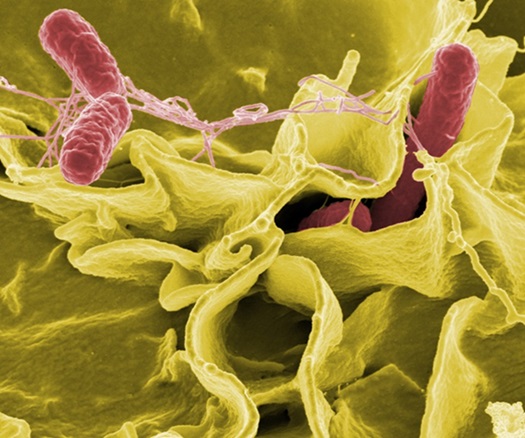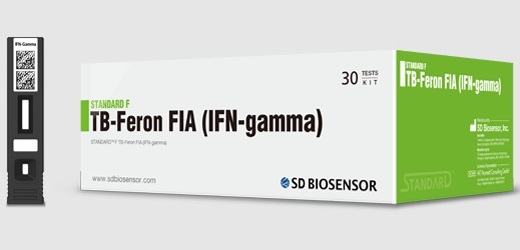AI Identifies Drug-Resistant Typhoid-Like Infection from Microscopy Images within Hours
Posted on 16 Jul 2024
Antimicrobial resistance is becoming a serious global health concern, making many infections increasingly difficult to treat and limiting available treatment options. This escalation in resistance raises the concern of some infections soon becoming untreatable. A major challenge for healthcare providers is quickly distinguishing between organisms that respond to standard first-line drugs and those that are resistant. Traditional testing methods, which involve culturing bacteria, testing them against various antimicrobial agents, and either manual or machine analysis, can take several days. This delay often leads to the administration of ineffective drugs, which can cause more severe health issues and potentially contribute to the development of further drug resistance. Researchers have now demonstrated that artificial intelligence (AI) can significantly cut down the time needed to accurately diagnose drug-resistant infections. They have developed an algorithm capable of correctly identifying drug-resistant bacteria from microscopy images alone.
In research published in Nature Communications, the team of researchers from the University of Cambridge (Cambridge, UK) created a machine-learning tool that can identify from microscopy images the bacteria Salmonella typhimurium, which is resistant to the first-line antibiotic ciprofloxacin, without needing to directly expose the bacteria to the drug. S. Typhimurium is known to cause gastrointestinal and typhoid-like illnesses, with symptoms such as fever, fatigue, headache, nausea, abdominal pain, and constipation or diarrhea, which can be life-threatening in severe cases. Although treatable with antibiotics, the bacteria are increasingly developing resistance to several drugs, complicating treatment efforts.

The research team utilized high-resolution microscopy to study S. Typhimurium isolates subjected to varying concentrations of ciprofloxacin, identifying the five most crucial imaging features to differentiate between resistant and susceptible strains. They trained a machine-learning algorithm to recognize these features from the imaging data of 16 samples. Impressively, the algorithm could accurately determine whether the bacteria were susceptible or resistant to ciprofloxacin without direct exposure to the drug, and it achieved this using isolates cultured for just six hours—significantly less than the usual 24 hours required to culture a sample with antibiotics.
Although isolating the bacteria from a clinical sample, such as blood, urine, or stool, is still necessary, not having to expose the bacteria to ciprofloxacin can shorten the overall testing time from several days to just a few hours. While there are practical and economic constraints to this approach, it illustrates the potential of AI to significantly advance the battle against antimicrobial resistance. The researchers are now planning to expand their studies to include larger bacterial collections, aiming to refine their method to enhance speed and allow for the detection of resistance to ciprofloxacin and other antibiotics in various bacterial species.
“Given that this approach uses single cell resolution imaging, it isn’t yet a solution that could be readily deployed everywhere. But it shows real promise that by capturing just a few parameters about the shape and structure of the bacteria, it can give us enough information to predict drug resistance with relative ease,” said Dr. Sushmita Sridhar, who initiated this project while a PhD student in the Department of Medicine at the University of Cambridge. “What would be really important, particularly for a clinical context, would be to be able to take a complex sample – for example blood or urine or sputum – and identify susceptibility and resistance directly from that. That's a much more complicated problem and one that really hasn't been solved at all, even in clinical diagnostics in a hospital. If we could find a way of doing this, we could reduce the time taken to identify drug resistance and at a much lower cost. That could be truly transformative.”
Related Links:
University of Cambridge














